Roderick Thackray was born in June 1944 in Brook Bottom, Mellor, in a house which had earlier been a water mill. As a child, he was enthralled by stories told by his uncle Ivan Eccles about his exploits working in coal mines around Mellor after the First World War. By the time Roderick was a teenager, he was an accomplished artist and had developed a passion for exploring old coal mine workings. He once fell down the shaft at Picky Wood Pit in Marple, only to be saved from serious injury when his fall was broken by a dead cow, whose descent had been less lucky a few days before! Roderick studied at the Stockport College of Art and later worked in textile and wallpaper design before moving into the coal mining industry.
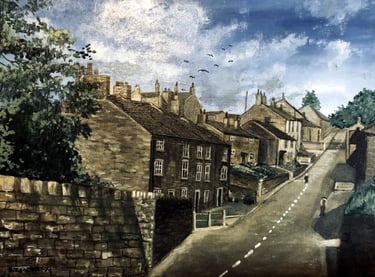

About Roderick Thackray
Throughout his life, Roderick has drawn inspiration for his artwork and writing from his many and varied experiences and encounters. The gritty nature of his underground exploits in the mining years literally fuelled Roderick's creativity, and much of his work reflects this. Apart from his paintings and sketches (many of which were created using a series of small distinct dots known as the Pointillism technique), Roderick also recorded interviews with local miners and collected mining artefacts and memorabilia in which he was assisted by friends. Their extensive collection was shared, many of Roderick’s artefacts eventually being donated to various mining museums and the documents and maps to Derbyshire Record Office. Another part of the collection was donated to Marple Local History Society archives.
Marple and the surrounding area had lots of coal mines, some dating back as far as the early 17th century. Many were created during the Industrial Revolution to supply mills as they converted to steam to power their looms. Most mills and their coal mines had closed by the turn of the 20th century, and few survived past the First World War and the General Strike of 1926. But Roderick had discovered many undocumented mines, some of which could be dated back to the early 17th century. By the 1970s, Roderick was helping the well-known character Alf Gee down the last colliery to the south of Manchester, Ludworth Moor Colliery.
Ludworth Moor Colliery was right on the edge of Mellor. It operated continuously for almost 60 years from 1927, when a farmer from Sandhill Lane began to harvest coal from his land, until 1983 when it finally closed. It had existed in three counties: Derbyshire, then Cheshire but is now in Greater Manchester. A thin outcrop of what was known as the Big Smut Coal Seam was exploited by several enterprises with drift mines utilising ancient techniques: simple pickaxes, shovels and acetylene lamps with naked flames for lighting. The tubs of coal were manually pushed to the surface and graded. Locals would wait at the mine entrance to buy their coal which they called ‘holiday coal’ because it was considered to be so efficient that they could light a fire before they went on holiday and it would still be burning when they got home!
Alf Gee had worked single-handedly deep in the narrow and low tunnels for 20 years. He was happy to take on Roderick in the mid 1970s. From 1978 to 1981, the colliery was operated by Geoffrey du Feu with Roderick as a full-time partner. Once all the underground coal that could be safely removed had been mined, they used opencast techniques with heavy machinery to move the topsoil to one side and the clay to the other side before extracting the remaining coal. The colliery finally closed in 1983 when the shafts and drifts were covered and the opencast diggings filled in with the topsoil and clay that had been separated and the land returned to upland pasture for cattle and sheep grazing. Today, unless you know the colliery had existed, there are hardly any signs of the historic industry that once operated in the area.
Some of Roderick Thackray's works are available to buy at Todmorden Fine Art.
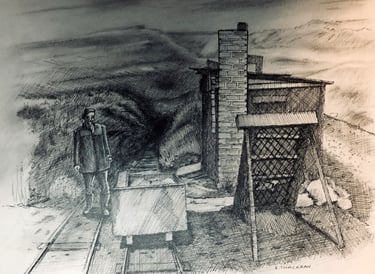


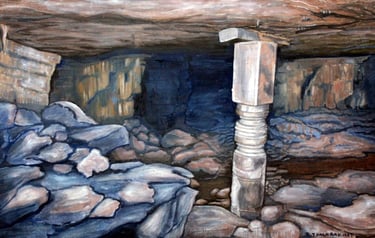
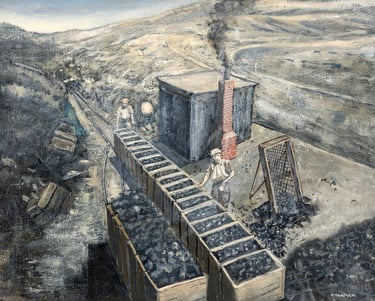


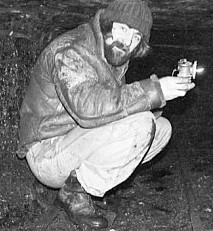
Website designed by SiteHelp
